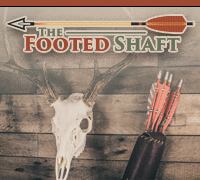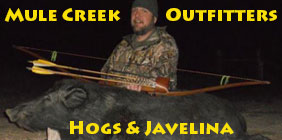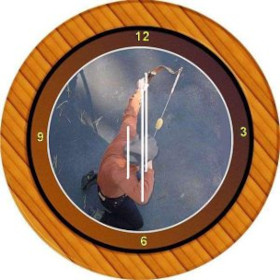http://www.answers.com/topic/rope-stretch I sincerely hope folks will invest the time it takes to at least entertain this argument. It's not practical to test bows to failure, obviously, so the practical way is to at least test the argument that FastFlight can be used in a way that is indistinquishable from Dacron in terms of the strings working properties. One must accept the premise that laws of physics apply the same in each case, which would be hard to argue against in my view. I'm paraphrasing from the URL above for clarity.
The argument hinges upon this factor:
"Nylon stretches about 10 to 15 percent under a load equal to 30 percent its breaking strength..."
It stretchs as a constant factor (30%) of it's breaking strenght.
"Dacron... stretches only about 3.5 to 5 percent under the same conditions... Spectra stretch about 1 to 2 percent"
They all stretch 30% of breaking strenght.
http://en.wikipedia.org/wiki/Bow_string So if Dacron has roughly 1/2 the strenght per strand of FastFlight then the strand count comparison would be about 10:5. So a 10 strand B50 would stretch roughly the same as a 5 strand FF. Honestly I don't trust Wiki here, I can only cite from memory but I think it's more like 40# for Dacron and 100# for FF.
I'm not suggesting these numbers can't be argued one way or the other. Only that given this premise: both materials stretch as a constant factor (30%) of it's breaking strenght, comparable strings can be fashioned.
Now, if you compensate string mass difference by increasing arrow mass, and make the loops the same diameter, how is the bow going to know any different?
You may ask, why would you want this? My answer is, it means I can shoot a heavier arrow with ZERO penalty.
Also, lower mass string on a bow is actually better for the bow than a heavier one, if no extra engery is left in the bow by compensating with arrow mass as described above. What makes bow limbs flex at the bottom of the power stroke is the energy left in the bow, by ITS moving parts, both limbs and string. When you have low mass limbs and string, you have less energy and so less stress on the bow as it has to vibrate off this energy.
I'm not trying to be butthead here. I know I use provocative language. But I think if folks would just stop and think this through some would see it differently. I honestly don't care what kind of strings you use, I just think it's important to be faithful to the underlying science in ones advocacy, in all things. And the burden generally is accepted to fall upon the declarer, in this case the supposition that "FF will break yer bow." Absolutely it CAN, but not if applied to the task in an all else equal ratio. And I also agree bow limb/string groove design is a factor. But only in the sense some designs are stronger than others. If you have a weak design (like an old Ben Pearon with no overlays at all), then apply a weaker (FastFlight) string, and compensate with much higher arrow mass.














